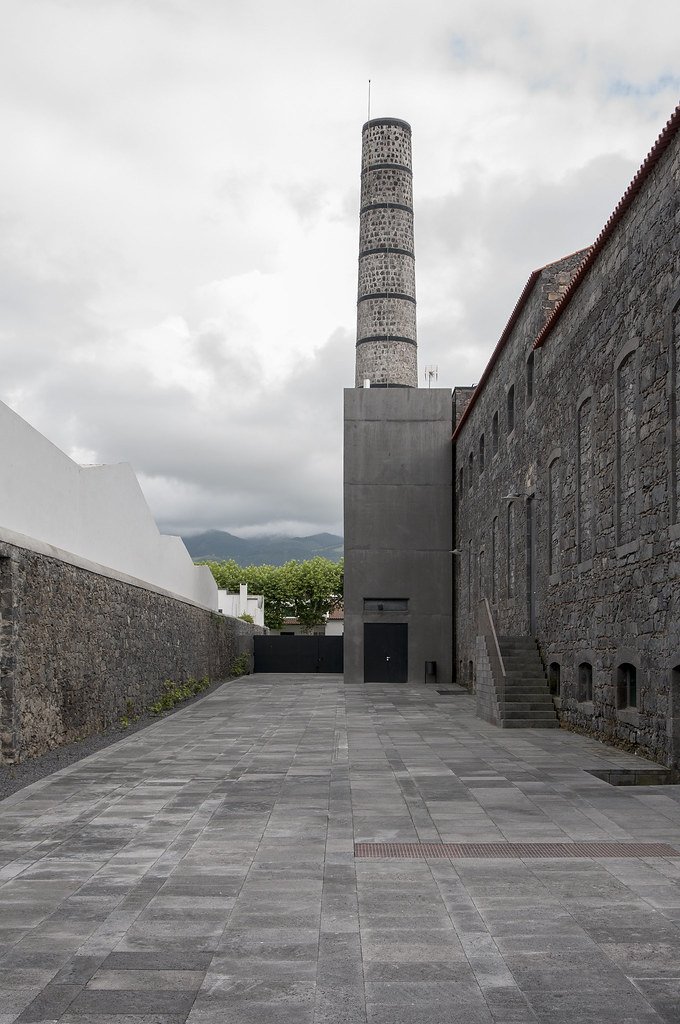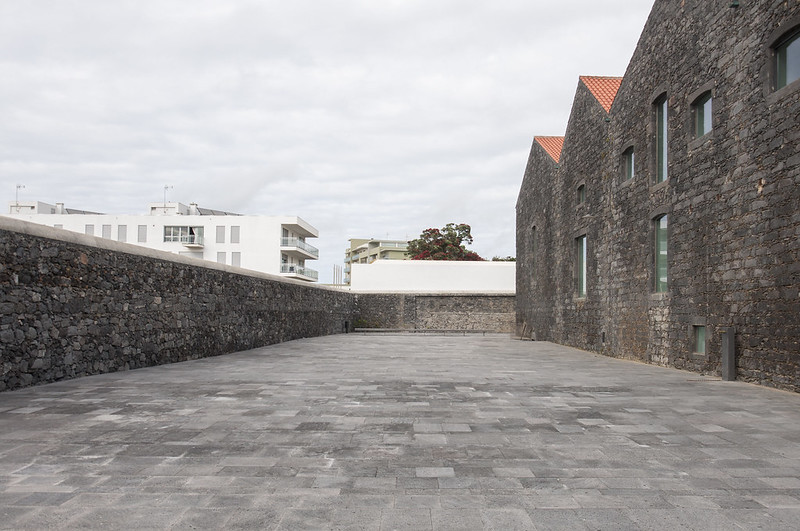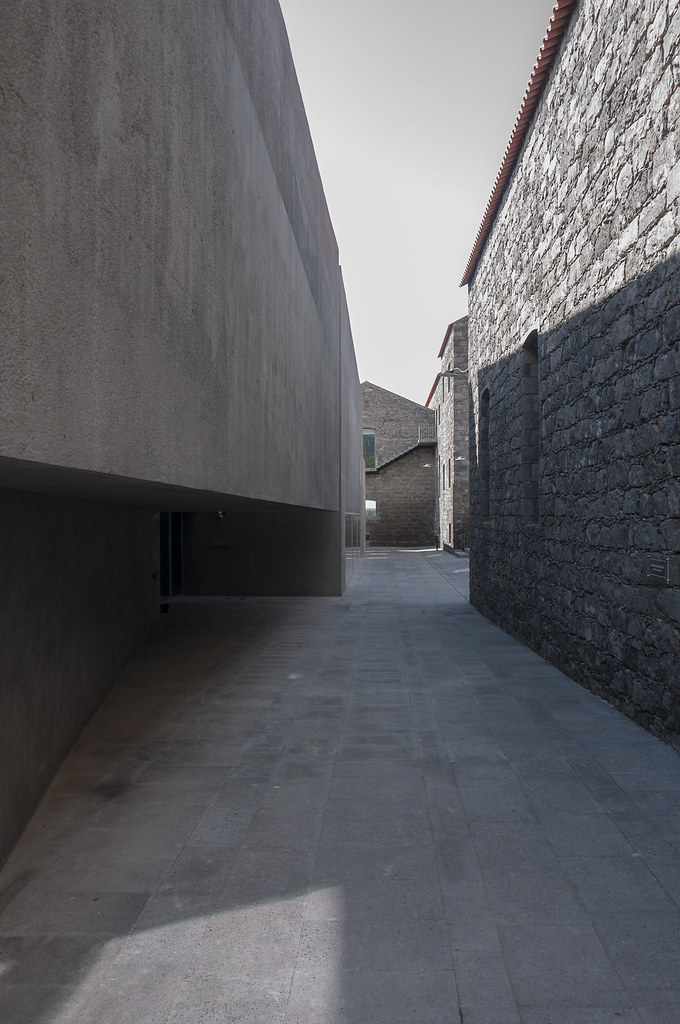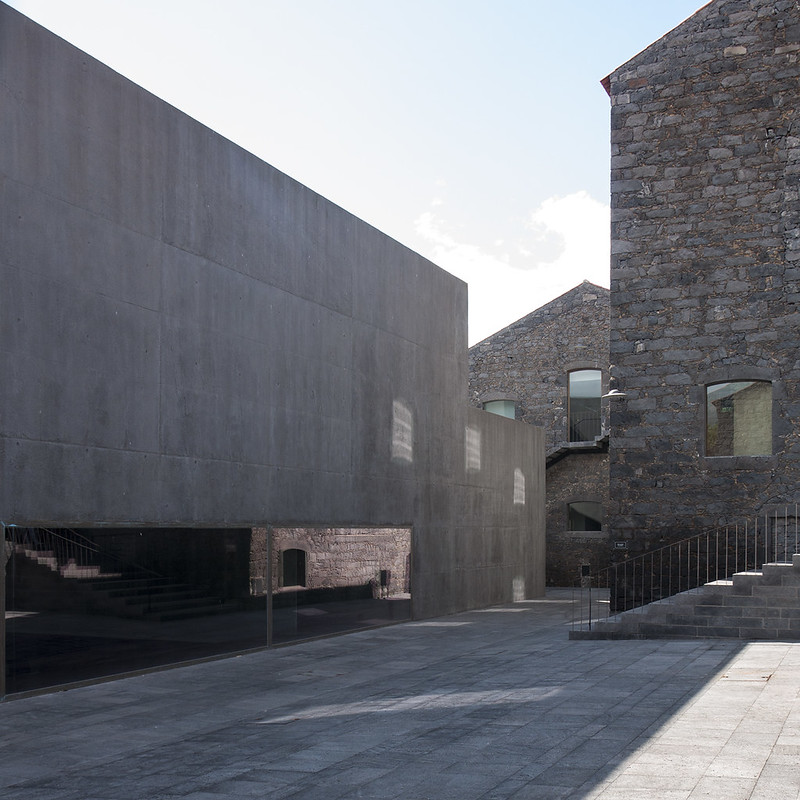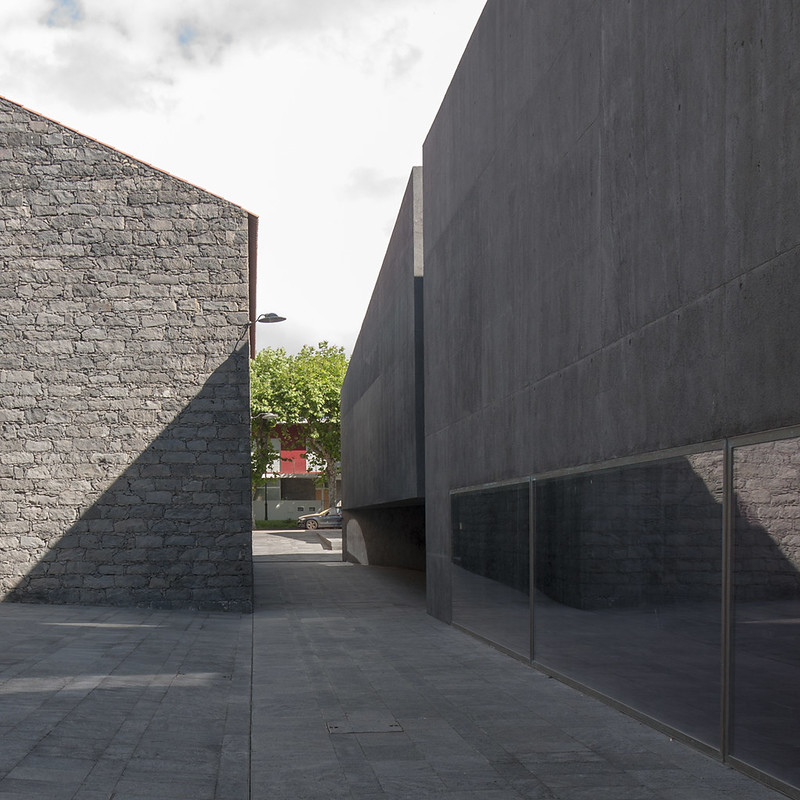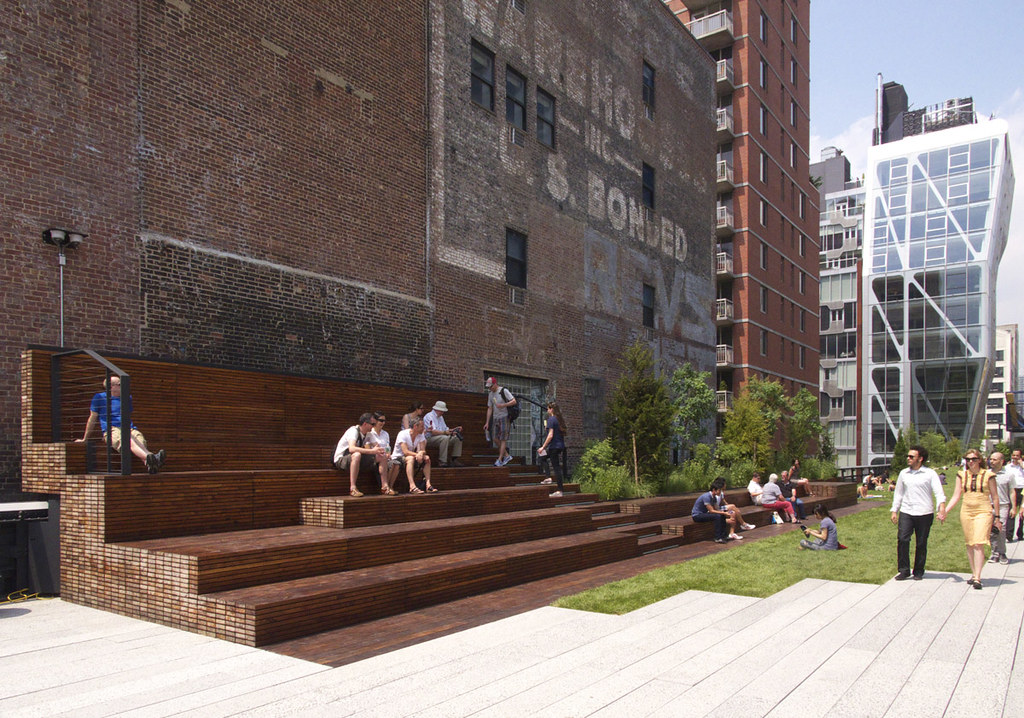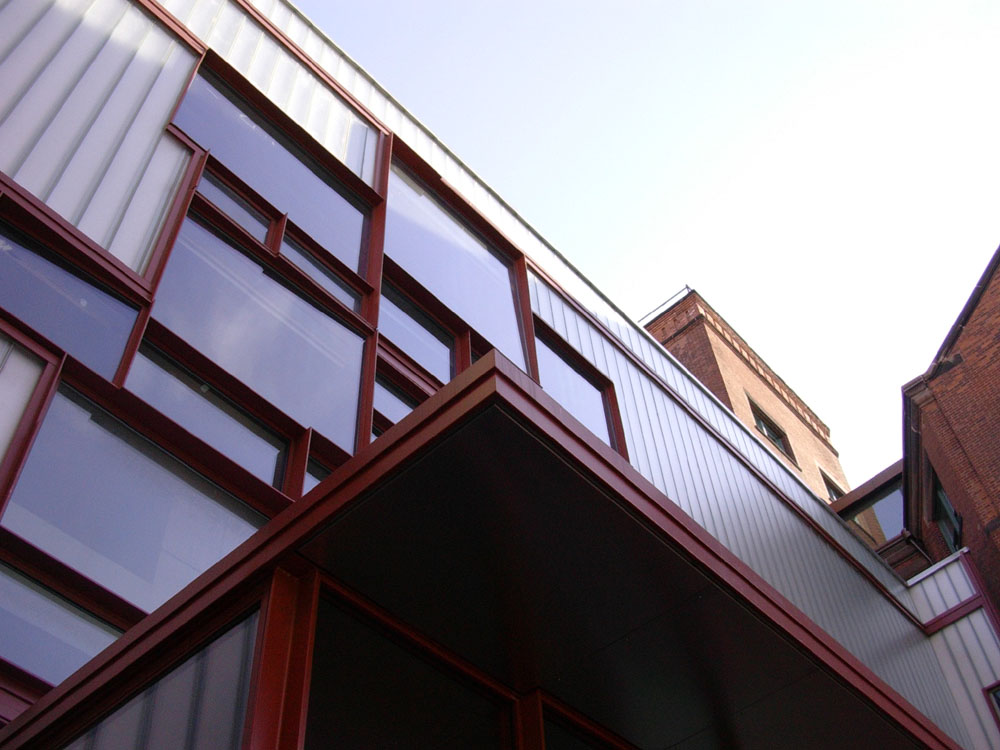I'm intrigued but a little baffled by architect Stefan Hitthaler's Corpus Intra Morus, spotted over at Arch Daily.

[Photo: Harald Wisthaler]
Simply put, it is a cover and frame over an old building, "the gunpowder tower" in Bruneck, in South Tyrol’s Puster Valley.

[Photo: Christof Theurer]
If the tower looks a little odd – shinier in some places – it is because it was refashioned from its before state (image via Google Street View):

According to Hitthaler and Ulrich Leitner, Institut für Erziehungswissenschaft Universität Innsbruck, who apparently worked on the project as well:

Baffling, but nevertheless a pretty cool melding of architecture, art and history.

[Photo: Harald Wisthaler]
Simply put, it is a cover and frame over an old building, "the gunpowder tower" in Bruneck, in South Tyrol’s Puster Valley.

[Photo: Christof Theurer]
If the tower looks a little odd – shinier in some places – it is because it was refashioned from its before state (image via Google Street View):

According to Hitthaler and Ulrich Leitner, Institut für Erziehungswissenschaft Universität Innsbruck, who apparently worked on the project as well:
The tower has become the conduit of a two-sided exploration of the relationship between the human being & the wall: on the one hand an architectural structure permits the merging of human beings with the tower, captured as they are in photographic representations and blown up into a large format on a substrate. Simultaneously, a scientific search is being undertaken to detect the traces of the trails of bodies and their objects in the given spaces. Art and science thus blur the boundaries between human beings and matter, to the point of shifting it completely into the narrative form.

Baffling, but nevertheless a pretty cool melding of architecture, art and history.


